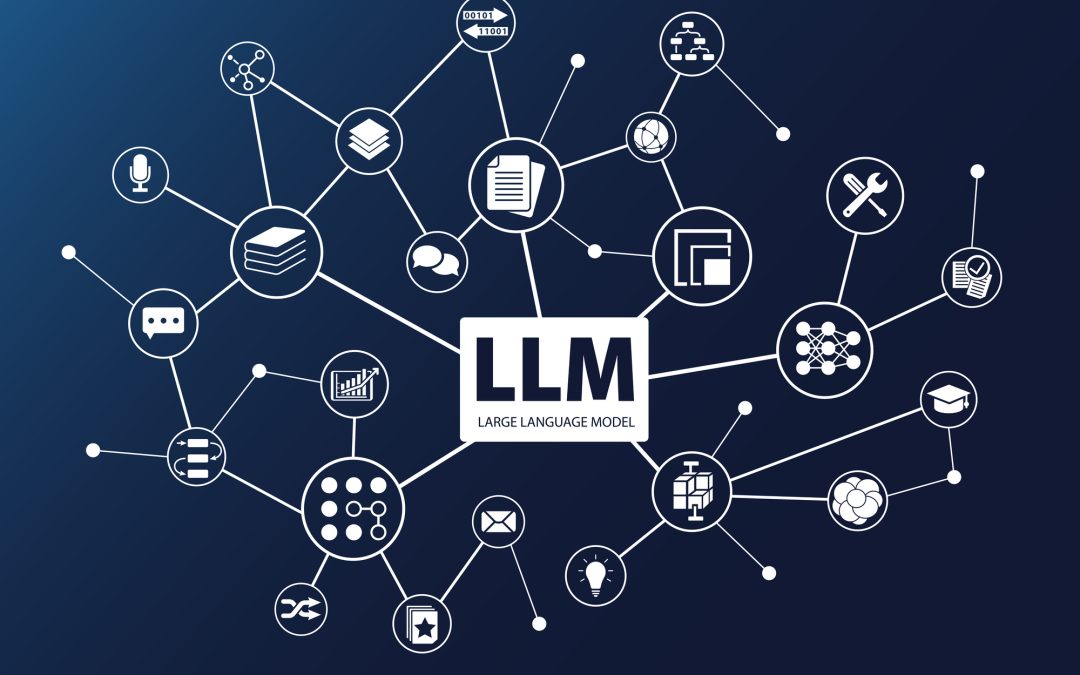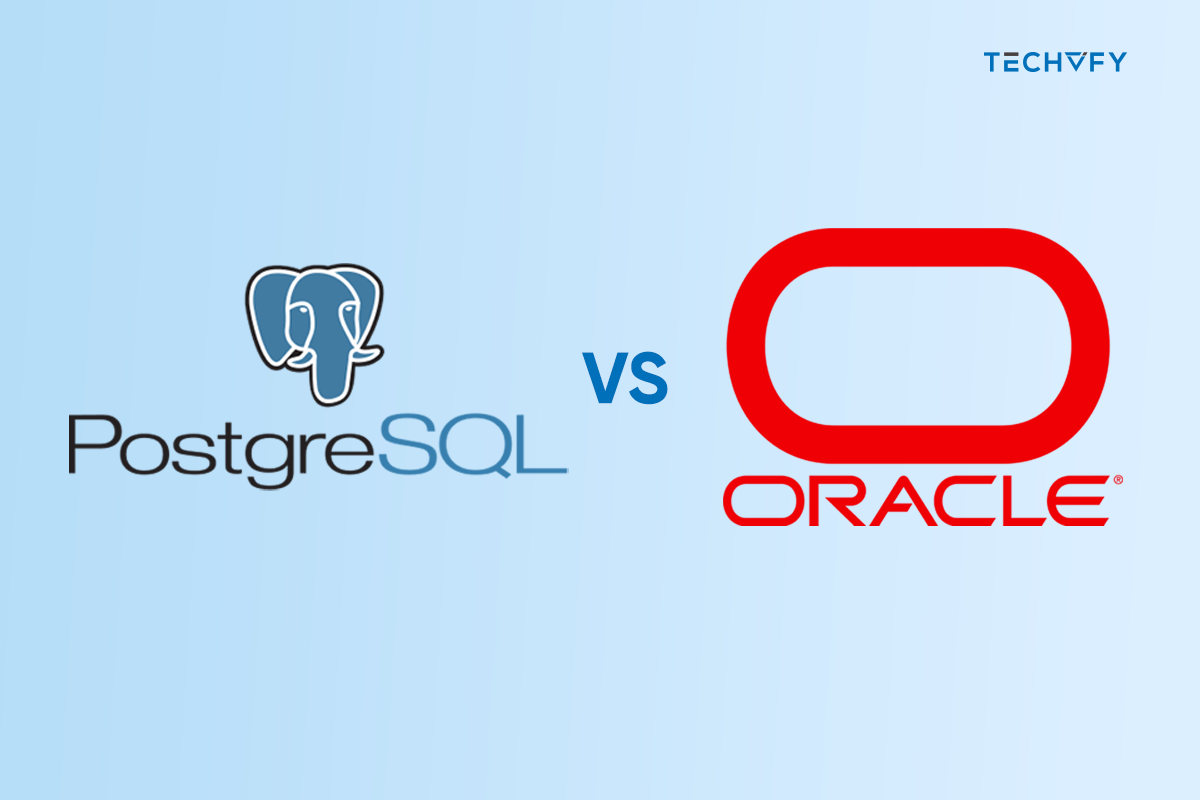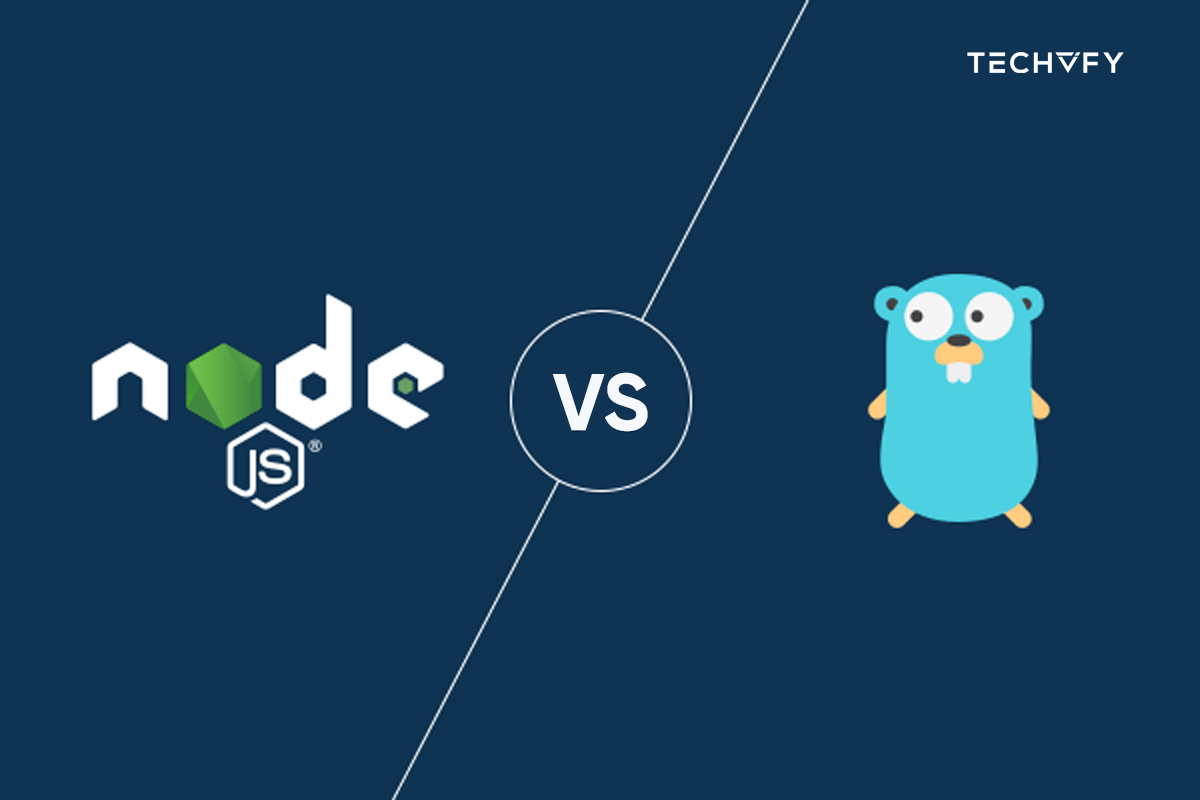The Next Generation of Large Language Models
- Potter Le
- 0 Comments
Large Language Models (LLMs) are computer programs that can understand and generate natural language, like words and sentences. They can do many things, like chat with people, write stories, or answer questions.
The next generation of Large Language Models (LLMs) is emerging in the constantly changing field of generative AI. They are revolutionizing how we interact with and leverage artificial intelligence.
In this article, let’s explore three exciting areas that could shape the future of LLMs:
1. Models that Generate Their Own Training Data
One of the most pressing challenges in AI development is the need for high-quality training data. However, the next generation of LLMs is breaking new ground by creating their own training data. These models possess the impressive ability to synthesize new content based on the knowledge they’ve acquired from diverse external sources. By generating their own training data, these models can continuously improve themselves, mitigating the data shortage problem that has long plagued AI research. This breakthrough not only enhances the performance of LLMs but also expands their potential applications across various domains.
2. Models that Fact-Check Themselves
Ensuring the accuracy and reliability of information generated by LLMs is paramount, especially in applications where accurate information is critical.
To address this challenge, innovative models are emerging with the capability to fact-check themselves in real time. By leveraging external sources, these models verify the information they generate and provide references and citations to support their assertions. This advancement represents a significant step towards enhancing the trustworthiness of AI-generated content and mitigating the spread of misinformation. With self-fact-checking capabilities, LLMs are poised to become more reliable partners in decision-making processes across industries.

3. Massive Sparse Expert Models
Traditional LLMs often suffer from computational inefficiencies due to their size and complexity. However, a novel architectural approach is revolutionizing the landscape of large-scale AI models.
Massive Sparse Expert Models (MSEMs) adopt a unique strategy by activating only the most relevant subset of parameters for a given input, significantly reducing computational overhead while preserving model interpretability. By prioritizing relevance over sheer volume, MSEMs achieve greater efficiency without compromising performance, making them ideal for resource-constrained environments and applications requiring real-time inference. This breakthrough paves the way for the development of larger, more powerful, scalable, and practical LLMs.
Conclusion
In conclusion, the next generation of Large Language Models is ready to unlock unprecedented potential in generative AI. By generating their own training data, fact-checking themselves, and adopting innovative architectural designs, these models will push (or they actually are pushing) the boundaries of what AI can do.
As we embrace these advancements, it’s essential to stay informed and adapt to the evolving landscape of AI technology. The future promises limitless possibilities, and by harnessing the potential of next-generation LLMs, we can usher in a new era of innovation and discovery.
TECHVIFY – Global AI & Software Solution Company
From Startups to Industry Leaders: TECHVIFY prioritizes results, not just deliverables. Accelerate your time to market and see ROI early with high-performing teams, AI (including GenAI) Software Solutions, and ODC (Offshore Development Center) services.
- Email: [email protected]
- Phone: (+84)24.77762.666
Reference:
Toews, R. (2023, February 7). The next generation of large language models. Forbes.





